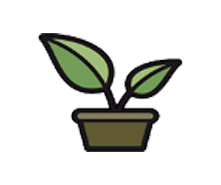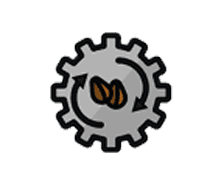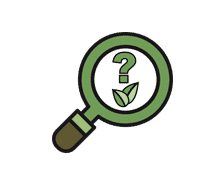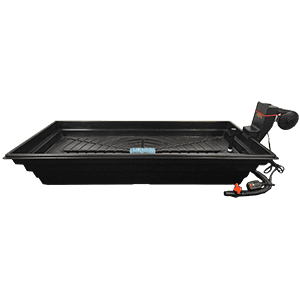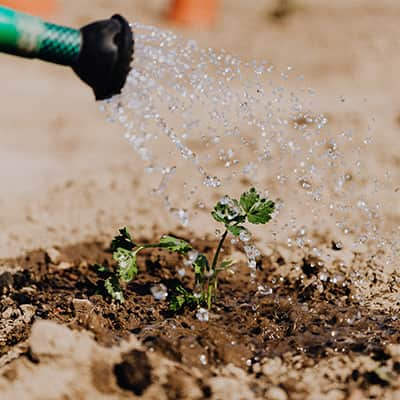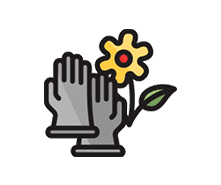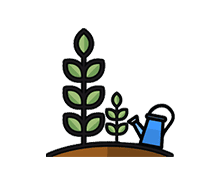What Garden Supplies Should I Consider When Getting Started?
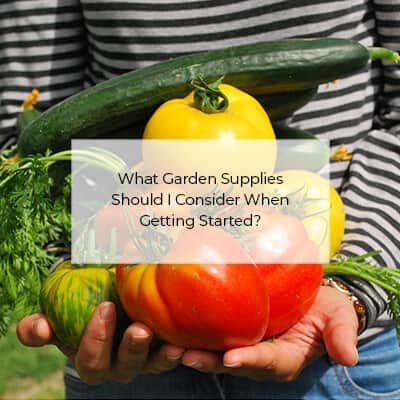
Growing Equipment and Garden Supplies
Starting your own garden is exciting, but even the most enthusiastic gardeners can feel overwhelmed. If you’re a beginner, you might not know where to start. And if you have done it before, you might be daunted by memories of wimpy little plants that never quite measure up to the ones they have at the store.
In the end, it all comes down to being prepared and using the right gardening accessories. Depending on where and how you plant your garden, the tools and methods you use may differ. But they can make the difference between a disappointing garden and a bountiful garden.
Growing Equipment and Methods for a Large Garden
If you are blessed with the time and space to have a large, outdoor garden, the first thing you need to do is prepare your soil.
The pH level of your soil can be the difference between success and disaster for your plants. This is especially true for commercial or large-scale planting. Once you get the area tilled, it is a good idea to work nutrients into the soil that will buffer the pH levels and optimize root growth. These nutrients can be bought in the form of a liquid or a powder.
Finally, add in any structures that are necessary for what you want to grow. Many vegetables are vining and will do best with something to climb. And plants like tomatoes and peppers need to be staked or caged to prevent them from falling over once their fruit is produced.
Growing Accessories for Potted Plants
If your outdoor space is limited, potting plants is the perfect solution and can even be done on your balcony in the city. There are three factors to consider when potting plants:
- Potting Soil – The best potting soil will be structured to allow for a bit of air circulation as well as water drainage. It will typically have 50% solid materials, 25% air and 25% water.
- Pot Size – Putting a small plant in a large pot is not a big deal, but if you put a large plant in a pot that is too small, it won’t be able to form its root system properly or hold enough water to stay healthy. Research how big your plant will be when it is fully mature before choosing a pot.
- Pot Material – Pots are available in a wide range of materials, like clay, plastic, cloth or organic material. It is important to choose a pot that allows for airflow and drainage and that doesn’t promote mold.
Maintaining an Indoor Garden with Hydroponic Supplies
Growing indoors is a great option for anyone who doesn’t have outdoor space. But perhaps more importantly, it can actively reduce toxins in your air. Using a hydroponic growing kit is the easiest and most effective way to care for indoor plants. These kits are low maintenance and will consistently give your plant the right amount of air and water.
The only thing left for you to do is make sure your plants have enough nutrients in the form of plant food and make sure that they get the proper amount of sunlight near a window.


